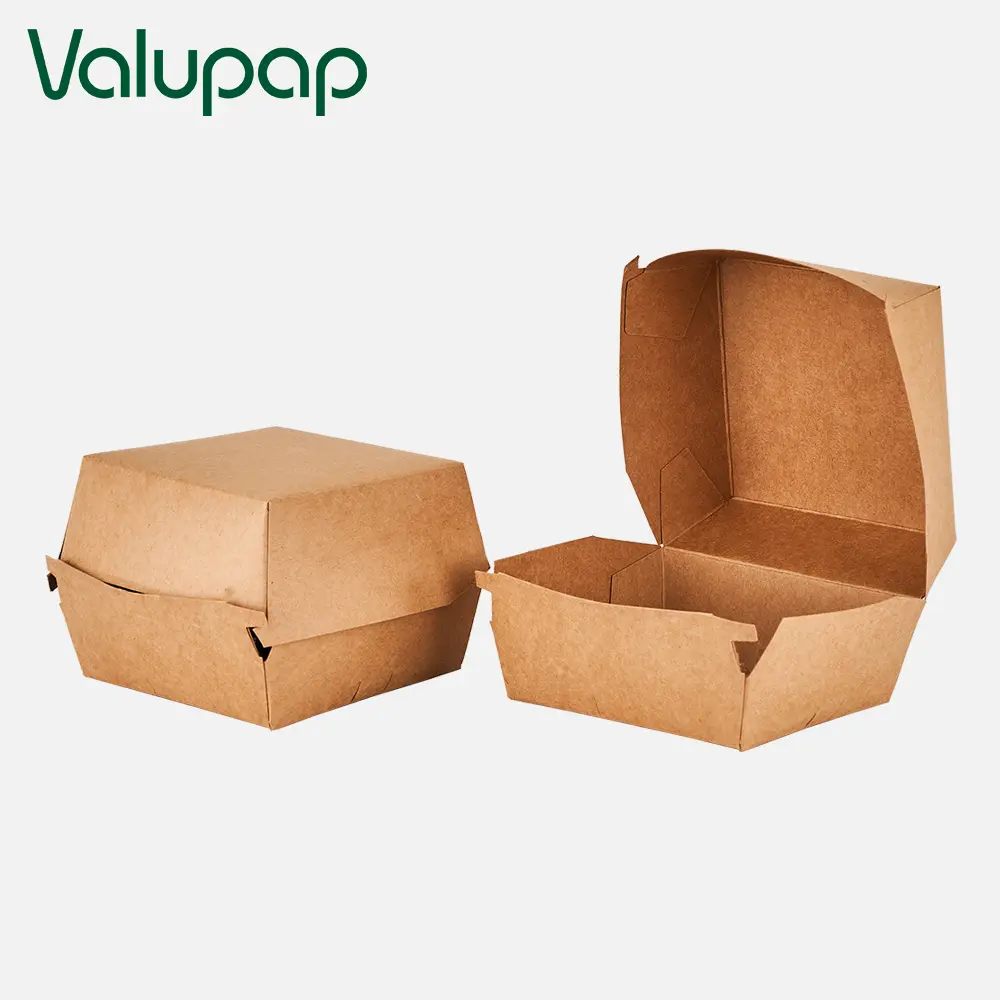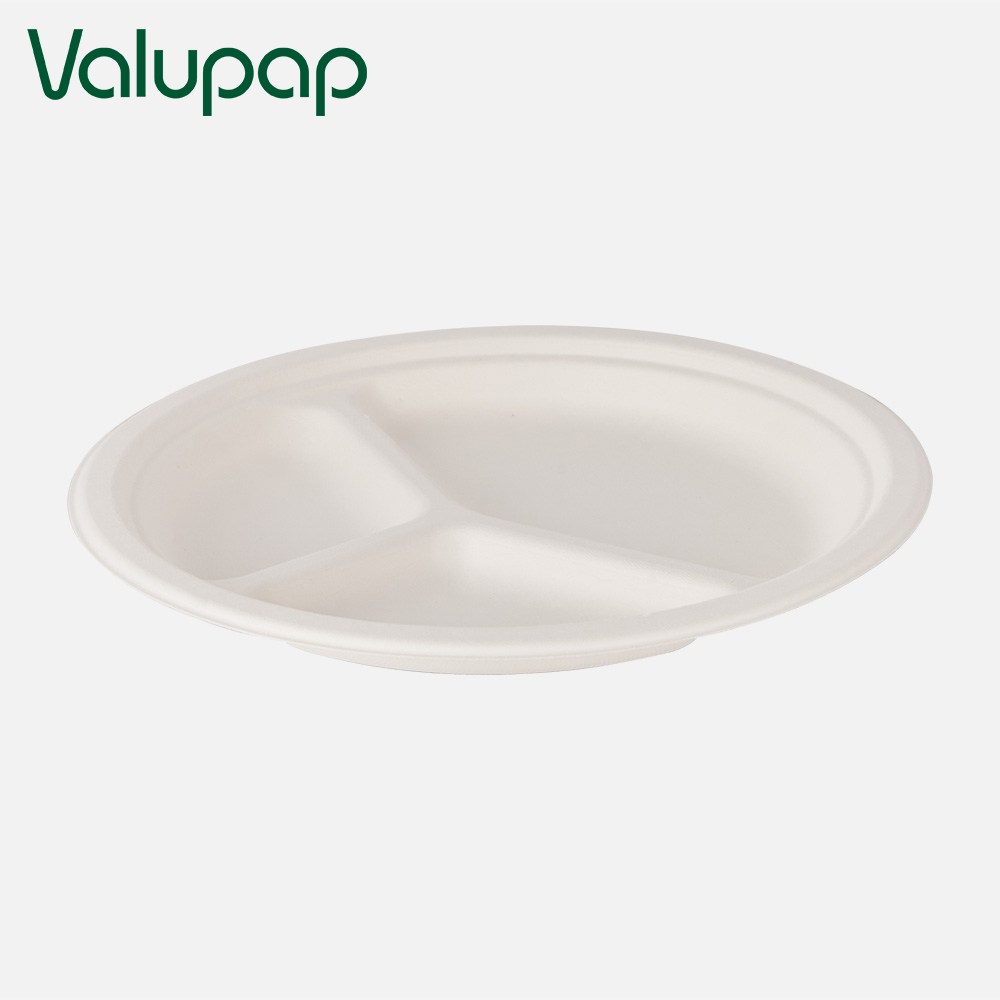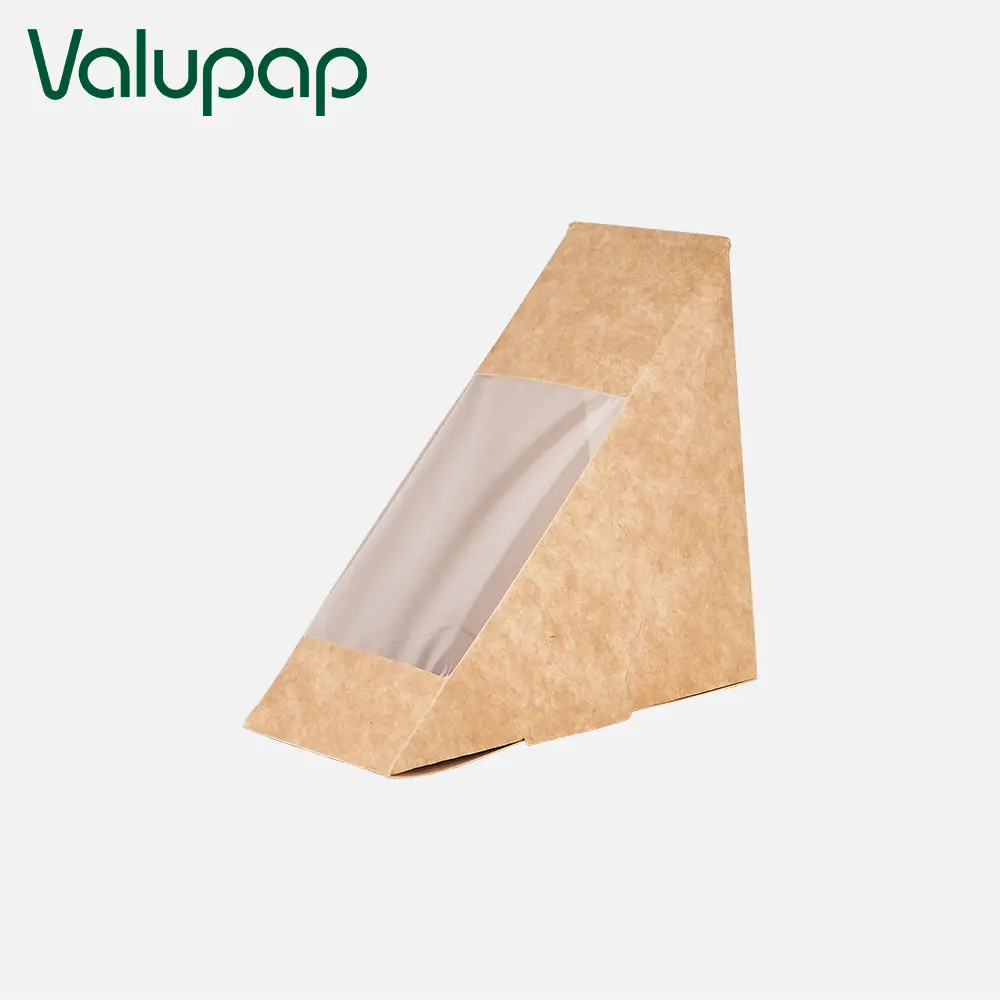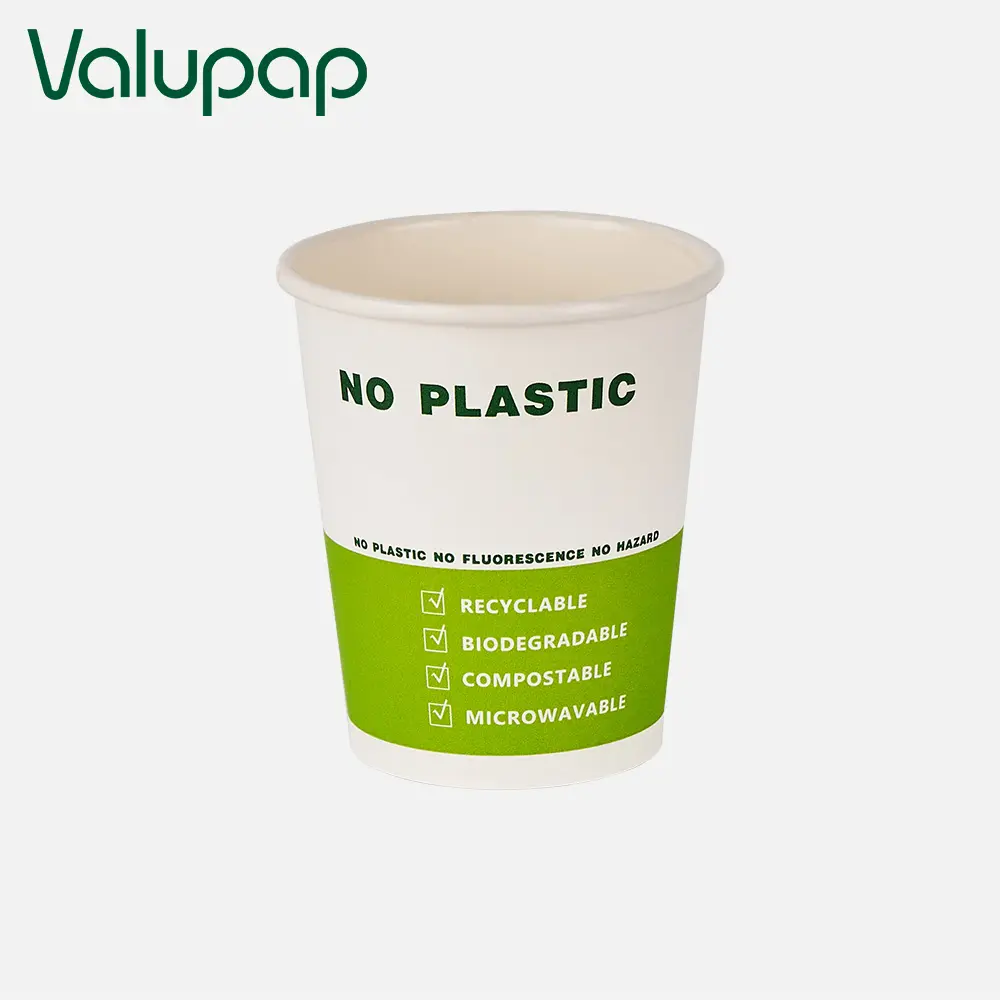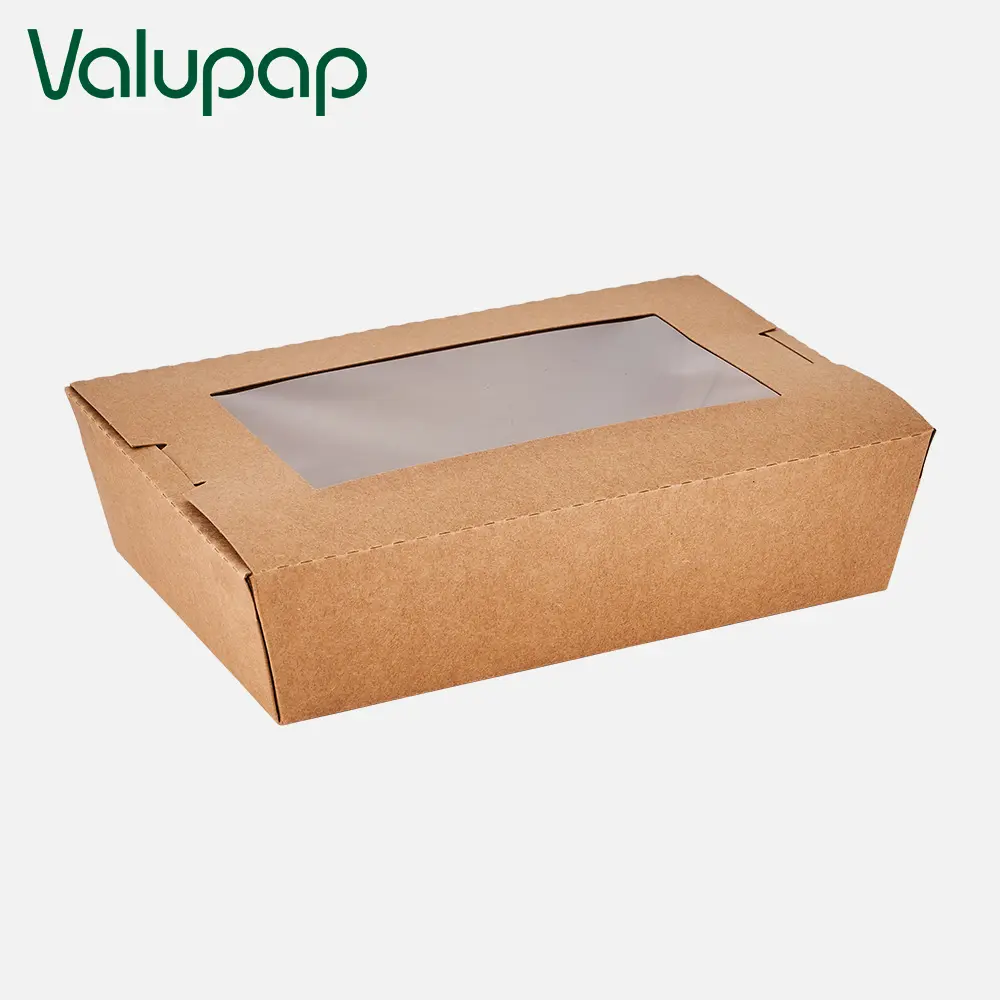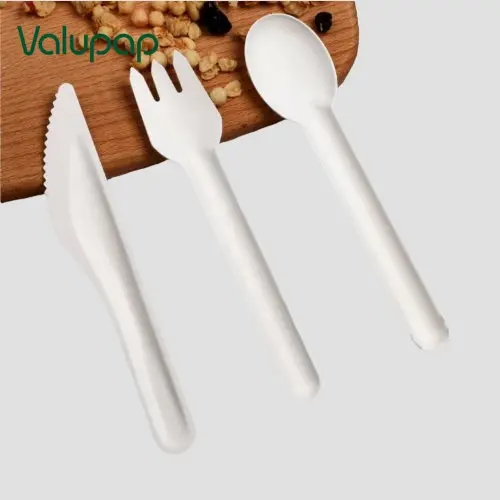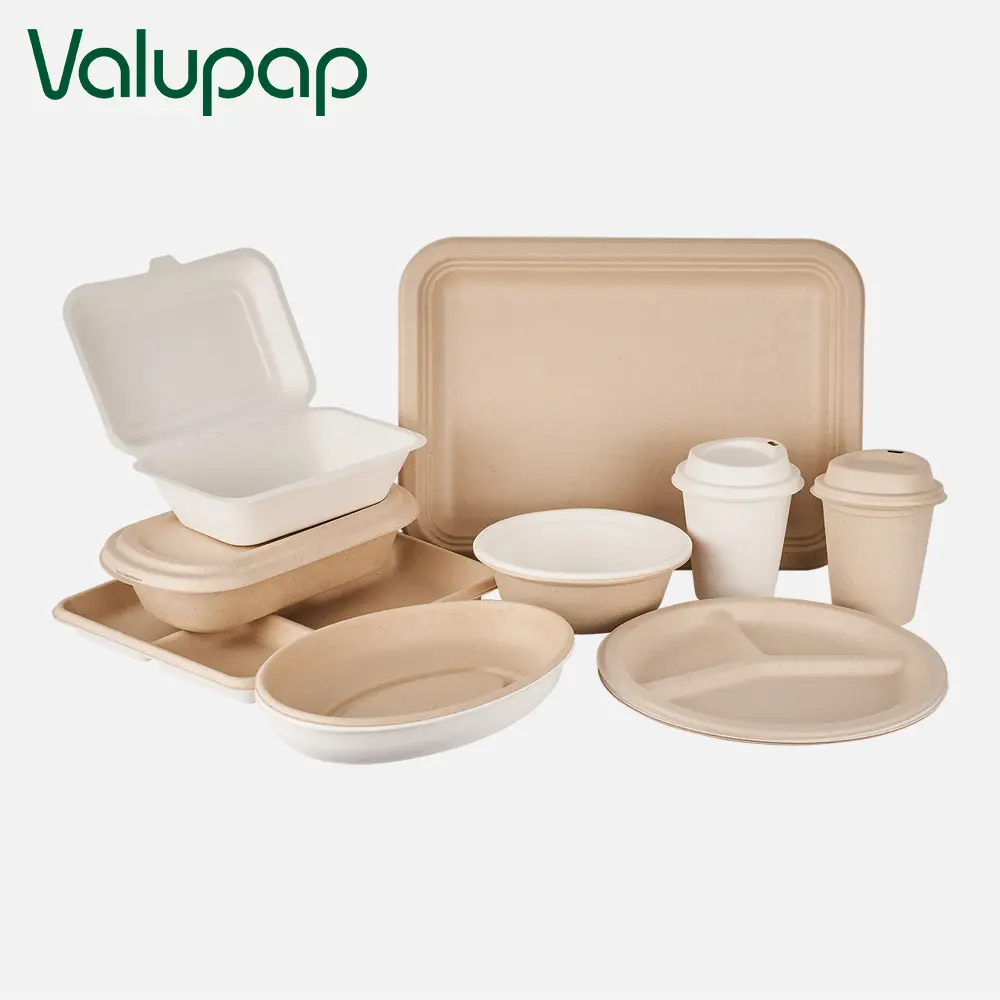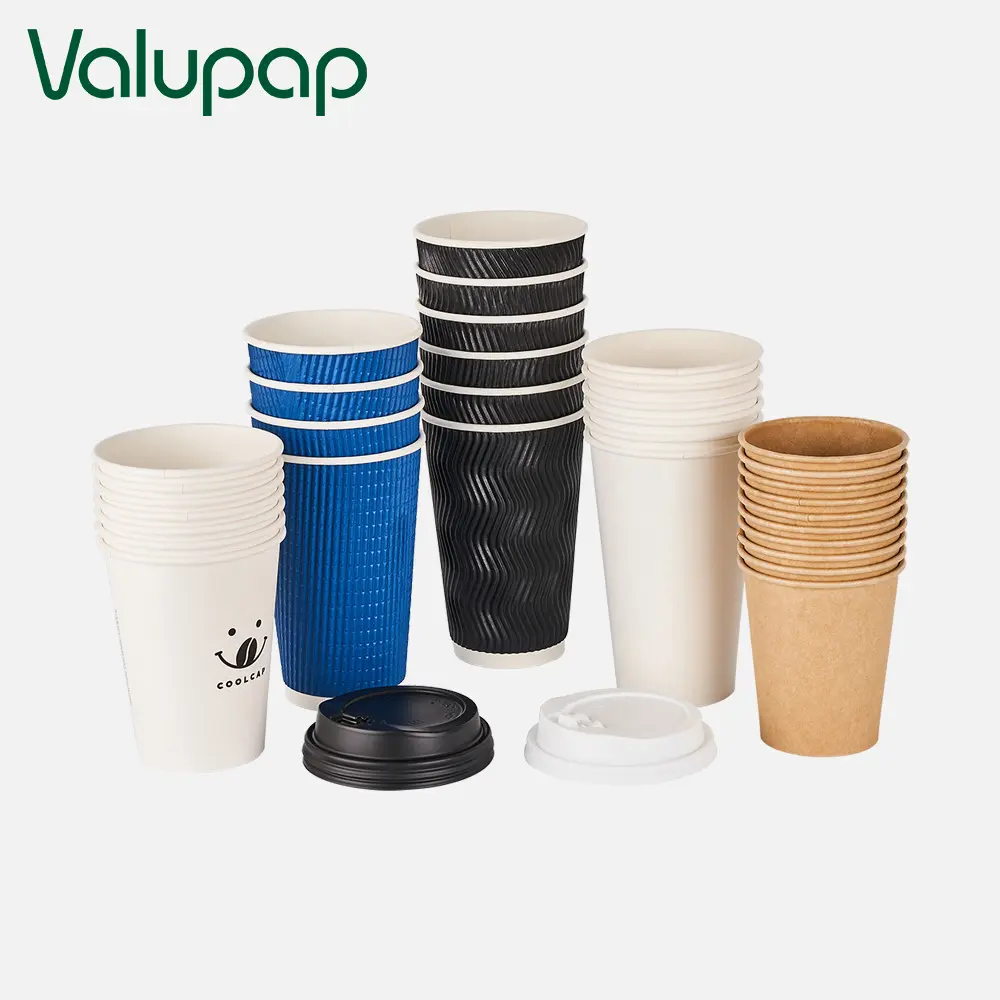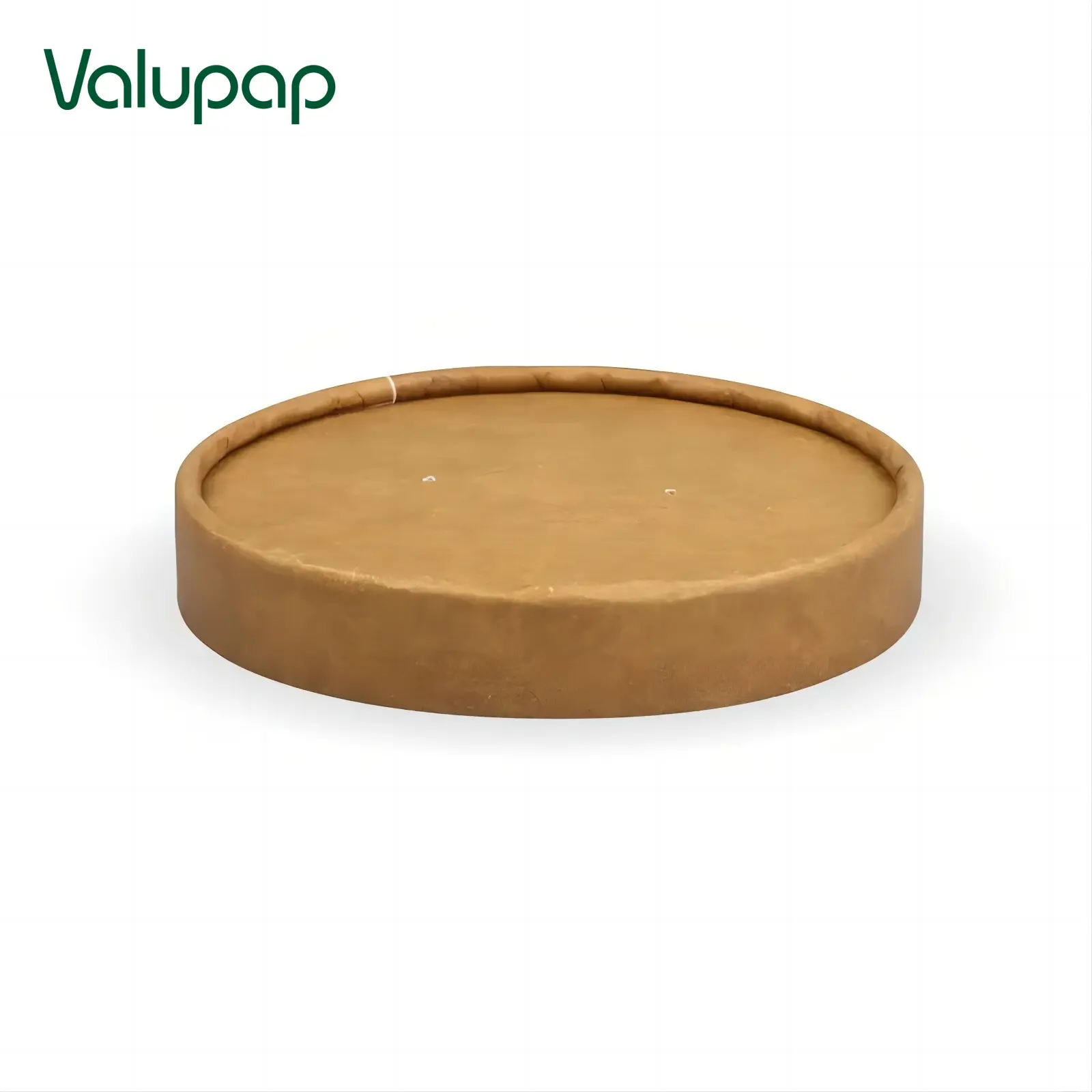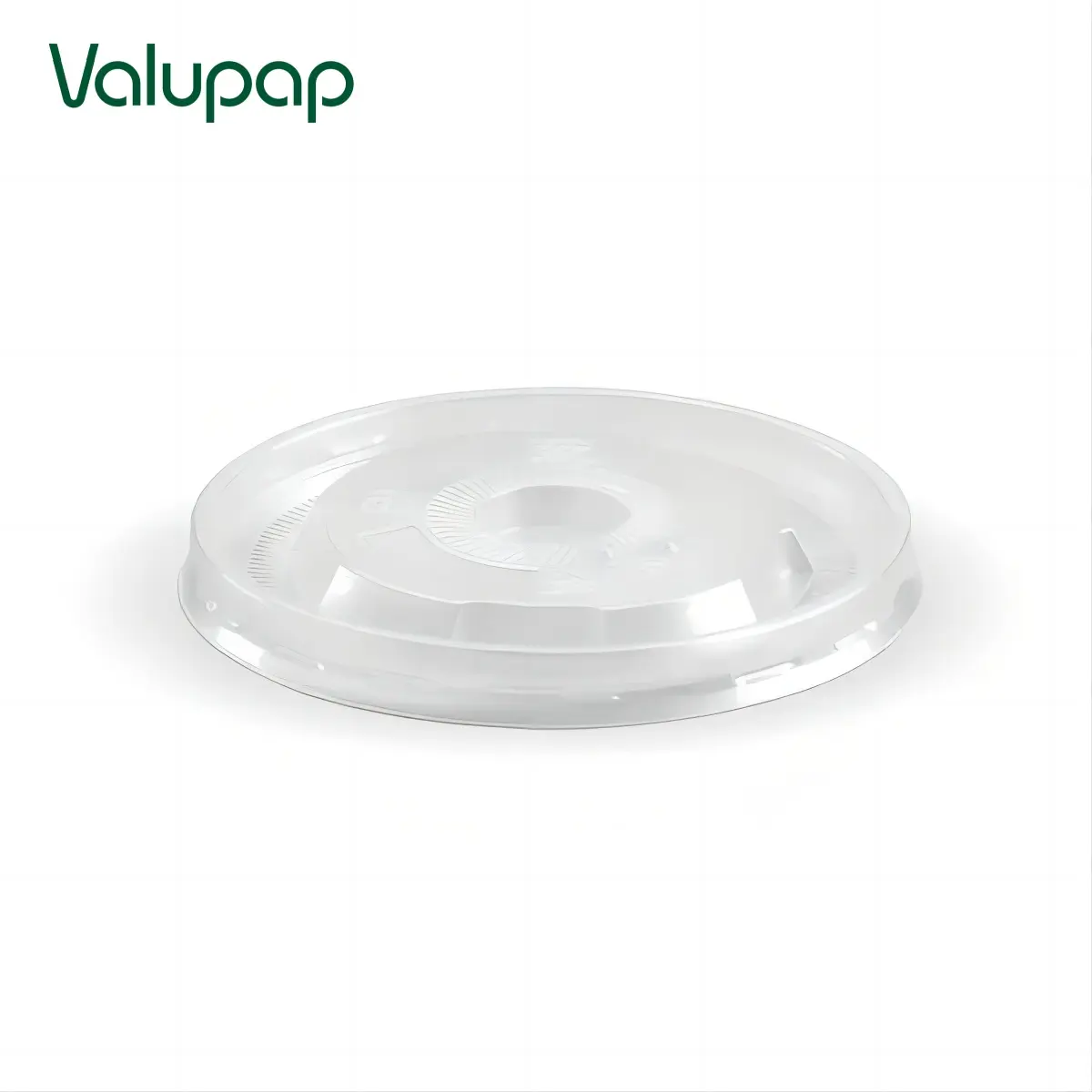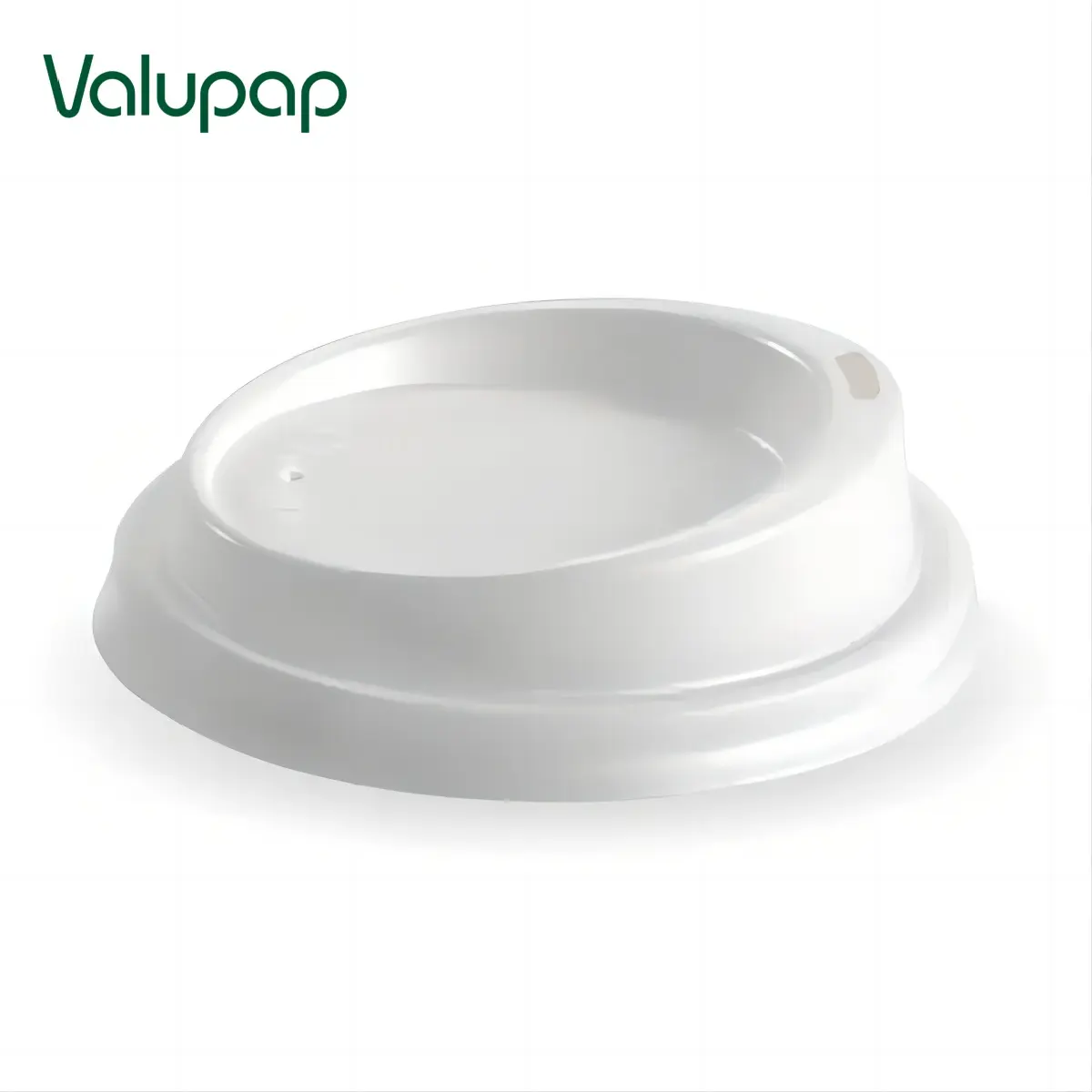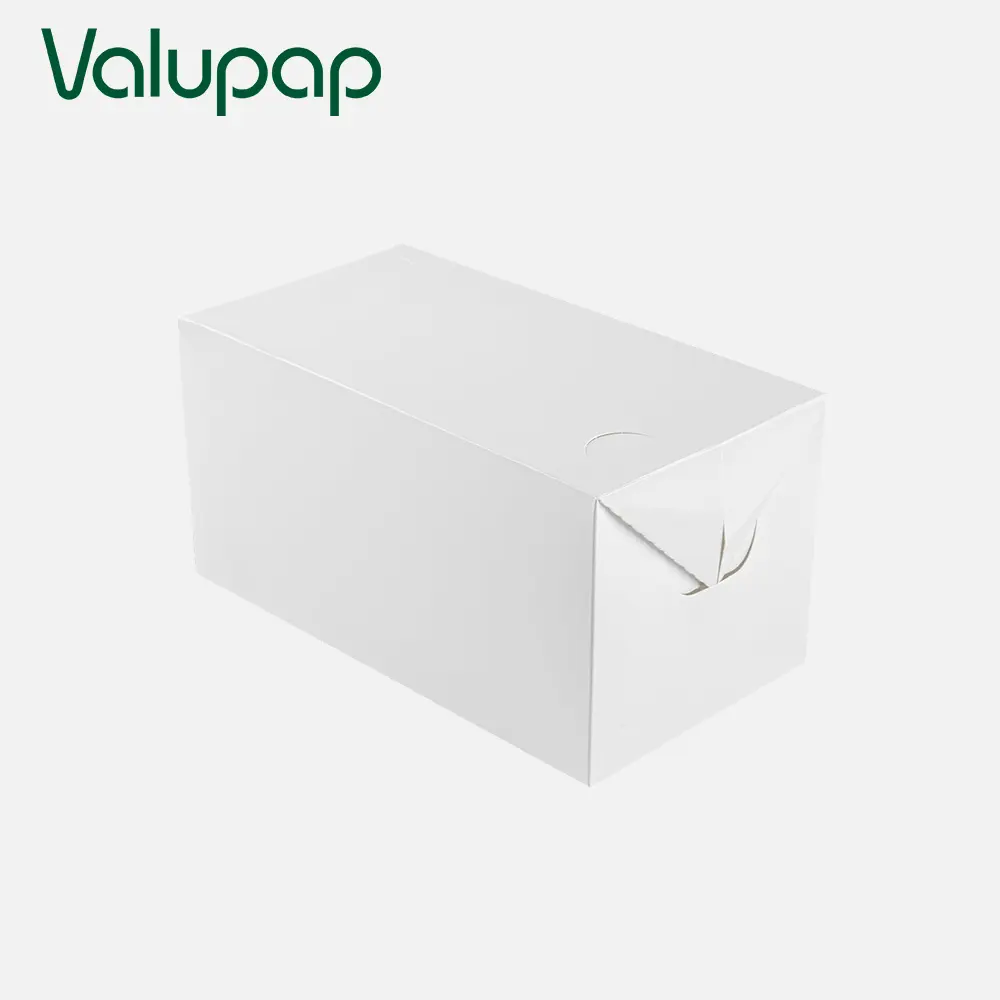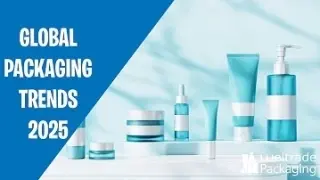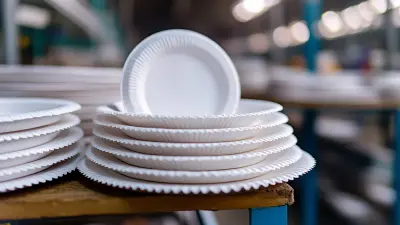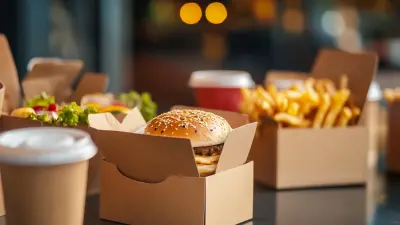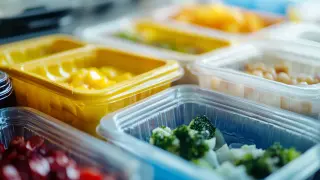High-Quality Airtight Biodegradable Packaging by Valupap – Eco-Friendly Solutions
Embrace sustainable packaging with our High-Quality Airtight Biodegradable Packaging from NINGBO VALUPAPER CO., LIMITED. This innovative solution meets the needs of modern businesses by combining functionality with environmental responsibility. Crafted from biodegradable materials, our packaging ensures an airtight seal that protects products from moisture and contaminants, extending shelf life efficiently. Suitable for a wide range of items, including food and cosmetics, each package reflects a commitment to quality and responsible manufacturing. By choosing our biodegradable options, you not only enhance your product’s appeal but also contribute to a healthier planet. Elevate your packaging standards with NINGBO VALUPAPER CO., LIMITED., where sustainability coincides with excellence.
Practical Strategies for High-Quality Airtight Biodegradable Packaging Your End-to-End Solution Manufacturer
Practical Strategies for High-Quality Airtight Biodegradable Packaging
| Dimension | Description | Material Type | Barrier Properties | Degradation Time |
|---|---|---|---|---|
| Thickness | Optimal thickness for air and moisture barrier | PLA (Polylactic Acid) | Oxygen: 10 cm³/m²/day, Water: 15 g/m²/day | 6 months |
| Sealing Strength | Must withstand pressure and movement during transport | PBAT (Polybutylene Adipate Terephthalate) | Oxygen: 12 cm³/m²/day, Water: 10 g/m²/day | 12 months |
| Transparency | Essential for consumer visibility of product | PHA (Polyhydroxyalkanoates) | Oxygen: 9 cm³/m²/day, Water: 8 g/m²/day | 3-5 years |
| Printability | Allows branding and product information | Starch-based Composites | Oxygen: 25 cm³/m²/day, Water: 20 g/m²/day | 1-2 years |
| Cost Efficiency | Maintaining affordability while ensuring quality | Recycled Materials | Varies based on source | 1-3 years |



